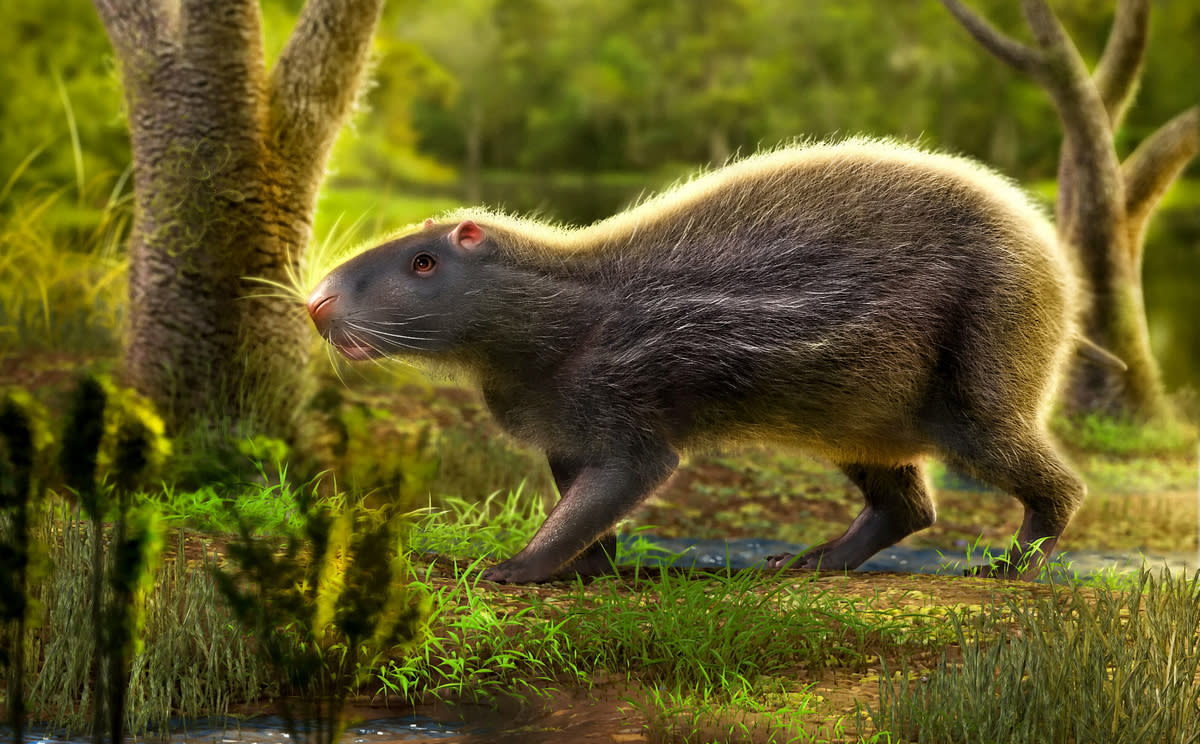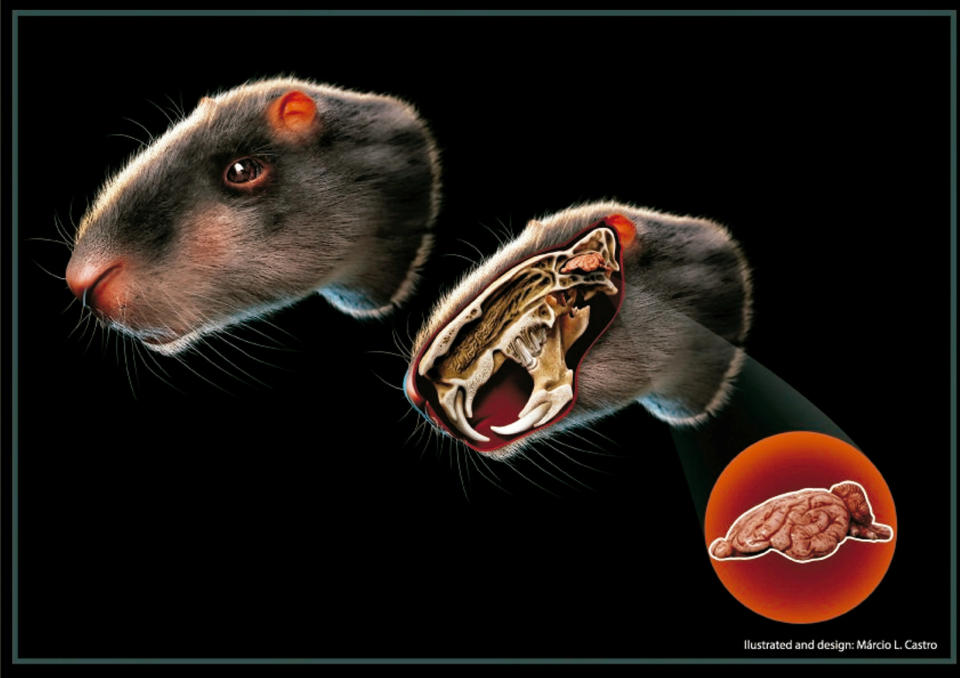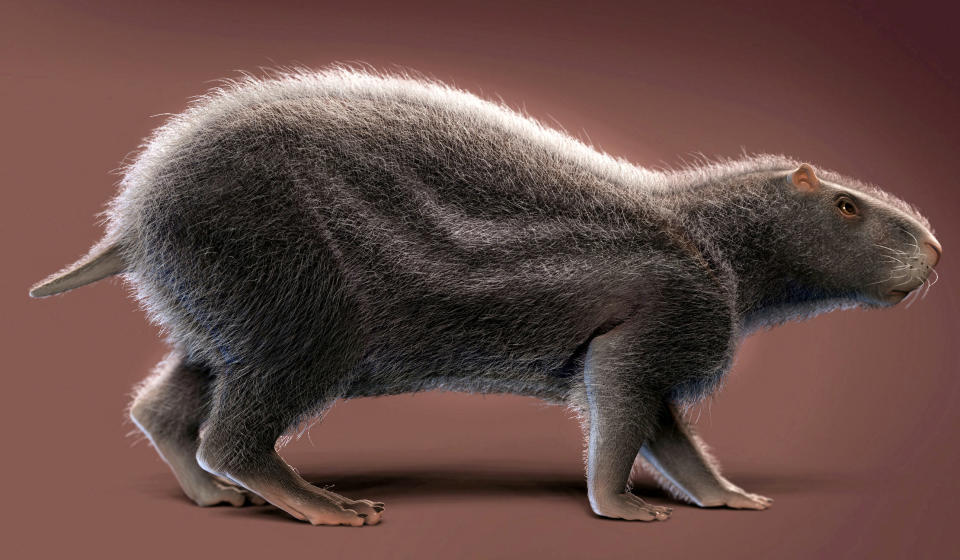Giant prehistoric rat the size of a human roamed Earth 10 million years ago

It’s not something you’d want to see scurrying away in your kitchen – a rat the size of a human being, weighing almost 13 stone.
The vast rodent roamed the Earth 10 million years ago, scientists say, living in the Amazon rainforest.
It was also extremely stupid, scientists believe.
The monstrous rat has been named Neoepiblema acreensis after the skulls of two individuals were found at a fossil site at Acre in the western Brazilian Amazon.
Read more: Stars ‘need a partner’ to set off universe’s brightest explosions
One skull was almost complete and the other included a fragment of crania, the part that encloses the brain – from which scientists worked out that the rat wasn’t very clever, despite its enormous size.

Lead author Dr Jose Ferreira said: "Neoepiblema was about five feet long and weighed around 12.6st, which surpassed the capybara, the largest living rodent, which is about 9.5st.
"This rodent is an extinct relative of the chinchillas and pacaranas and inhabited the western Brazilian Amazonia about 10 million years ago.
"It lived in swampy environments that existed there before the emergence of one of the largest tropical forests in the world."
Its size meant it had few predators, perhaps just large crocodiles using "sit and wait strategies" that would pounce if one wandered past.
Read more: Binary Earth-sized planets possible around distant stars
Neoepiblema, described in the journal Biology Letters, was not very bright.
A digital reconstruction of its brain using CT (computed tomography) scans showed it was very small, weighing just four ounces. A human brain is about 3lbs.
Dr Ferreira, of the Federal University of Santa Maria, explained: "The adaptive value of a low energetic cost and other ecological factors are possibly associated with the relative small brain size of giant rodents.

"Although Neoepiblema was one of the largest rodents ever, the brain of this giant rodent was very small relative to its body mass.
"The evolution over time of this relationship between brain and body size is known as encephalisation."
One reason the gigantic rodent didn’t have a very large brain was simple, Dr Ferreira says: it didn’t need one.
Read more: World’s southernmost reef hit by coral bleaching
"When Neoepiblema inhabited South America,” he said, “carnivorous placental mammals such as felids, canids and ursids had not yet arrived on the continent, since the Isthmus of Panama was not yet formed and there was no terrestrial connection with Antarctica.
"Thus, South America was isolated, like a giant island. The main predators of these giant rodents were crocodilians, who were also giants and inhabited the marshy regions. They were not active predators, as are mammals.
"There was no need for giant rodents to have large brains since this would imply unnecessary energy consumption.
"The same pattern has been documented in animals that live on islands where there are no large predatory mammals."

 Yahoo News
Yahoo News 

